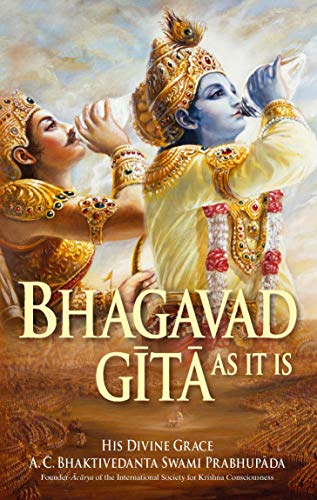
In a significant move, the Haryana government, led by BJP leader Manohar Lal Khattar, has made it mandatory for students above class 6 to learn the value education curriculum under the National Education Policy (NEP) 2020. This curriculum includes readings from the Bhagavad Gita, a sacred Hindu scripture. The decision aims to instil moral values and character development in students.
Under the compulsory value education curriculum, students will learn lessons from the lives of various historical and influential figures, including Buddha, Vinayak Damodar Savarkar, APJ Abdul Kalam Azad, Chhatrapati Shivaji, Sarojini Naidu, and Eklavya. The government has taken steps to distribute three free books to schools for different grade levels between December 18 and 22, covering classes 6 and 7, classes 9 and 10, and classes 11 and 12.
The inclusion of teachings from the Bhagavad Gita in the curriculum is seen as an effort to inspire and nurture moral character among students. Advocates believe that studying this sacred literature may impart valuable lessons such as courage, simplicity, discipline, politeness, devotion, focus, hard work, and principles of success.
Previously, such value education classes were elective, allowing students to opt out. However, with the recent mandate, these classes are now compulsory, ensuring that students engage with the curriculum. The government aims to enhance students' understanding and knowledge by introducing them to the teachings and stories of influential personalities from various fields.
An official involved in developing the new books shared that the decision to include teachings from the Bhagavad Gita was influenced by its potential to inspire moral character. The sacred literature is believed to offer valuable insights into virtues that can shape students' personalities positively.
The books assigned for Class 9 and 10 will feature stories of notable personalities like Maitreyi, an ancient Indian philosopher, Shivaji, Buddha, Sister Nivedita (disciple of Swami Vivekananda), Ekalavya (a character from the Mahabharata), and others. These stories aim to provide diverse perspectives on historical and philosophical figures from Indian history and literature.
The Haryana government has reorganized its curriculum to align with the National Curriculum Framework for School Education (NCFSE) and the National Education Policy (NEP) 2020. A seven-person group, chaired by the State Council of Educational Research and Training (SCERT) director, was formed to oversee this realignment. The group focused on redesigning the value education component to meet the criteria outlined in the NEP and NCFSE.
In conclusion, the Haryana government's decision to incorporate teachings from the Bhagavad Gita in the school curriculum reflects an emphasis on moral and character development. By introducing students to diverse perspectives and historical figures, the government aims to provide a holistic education aligned with national educational frameworks. This move is part of broader efforts to enhance the overall educational experience for students in the state.













